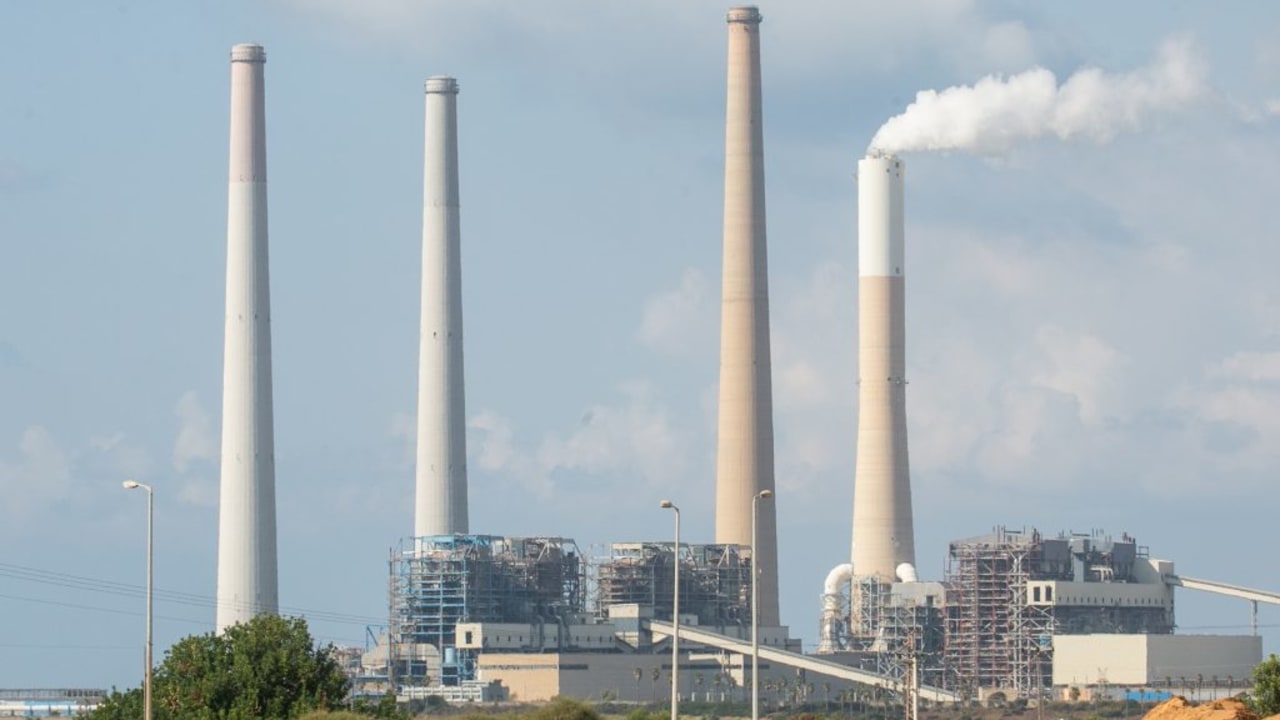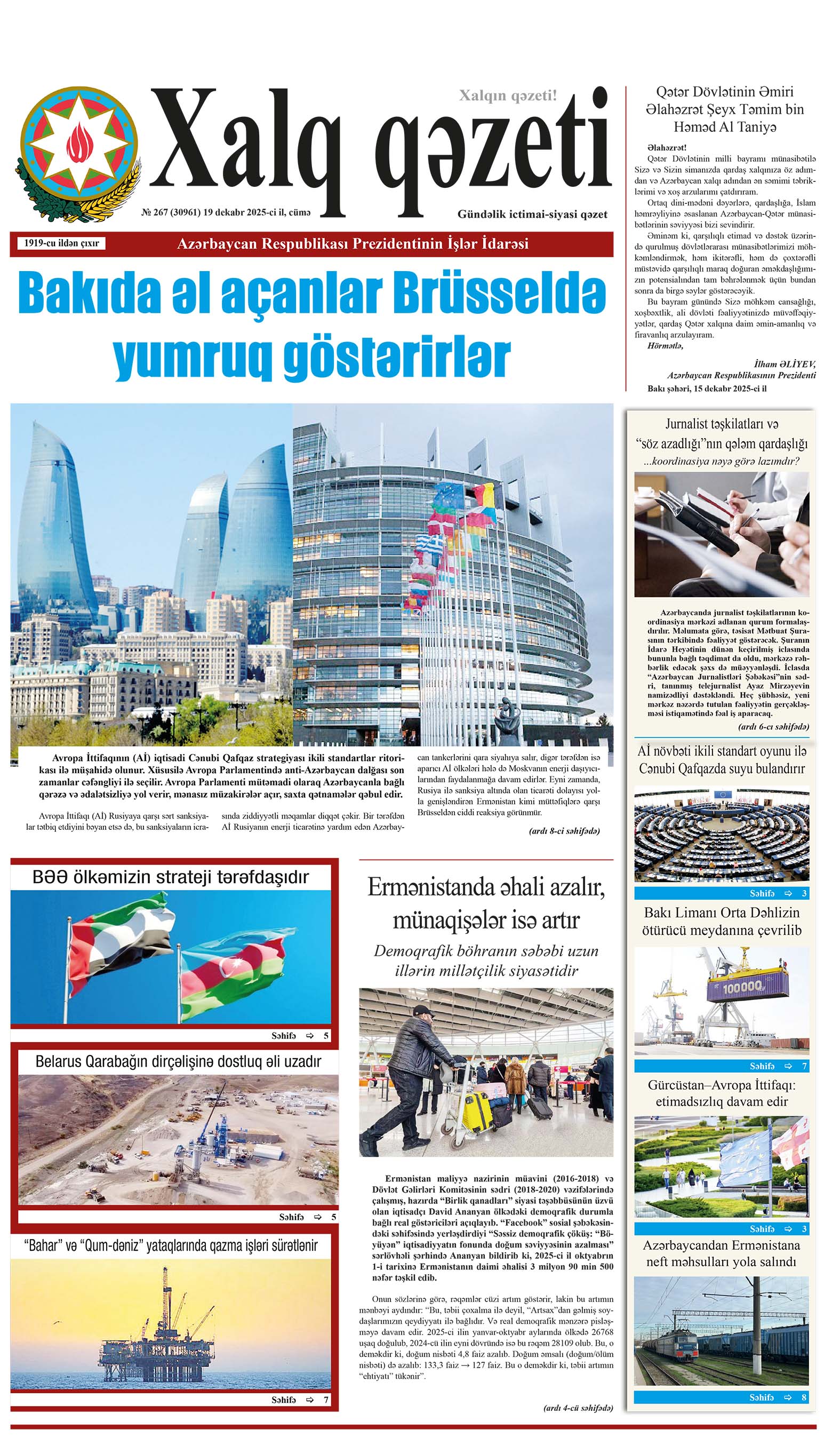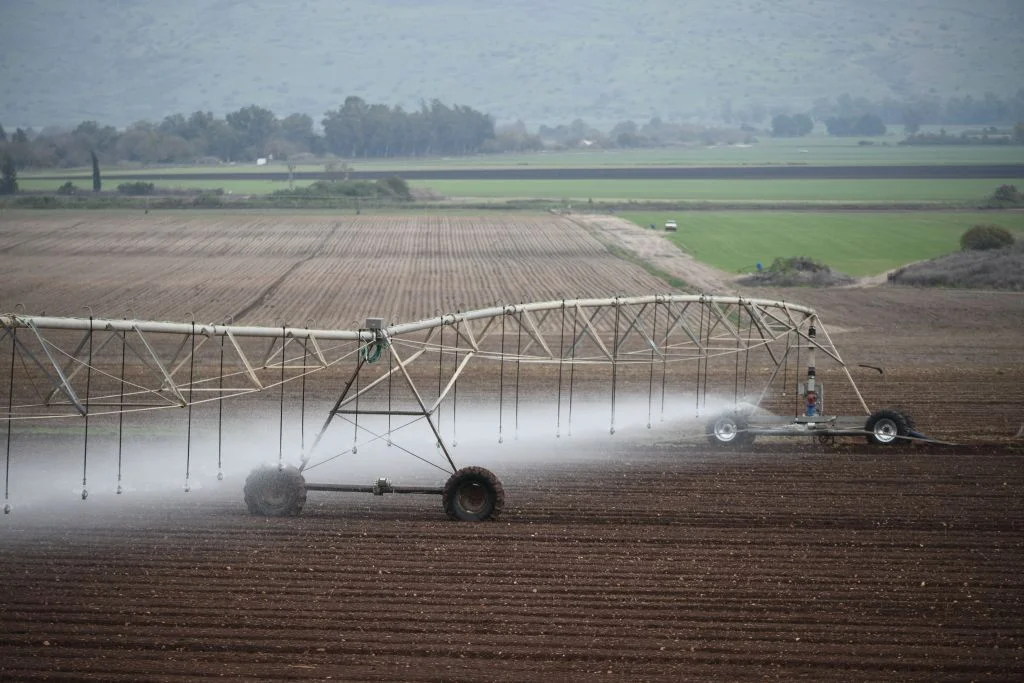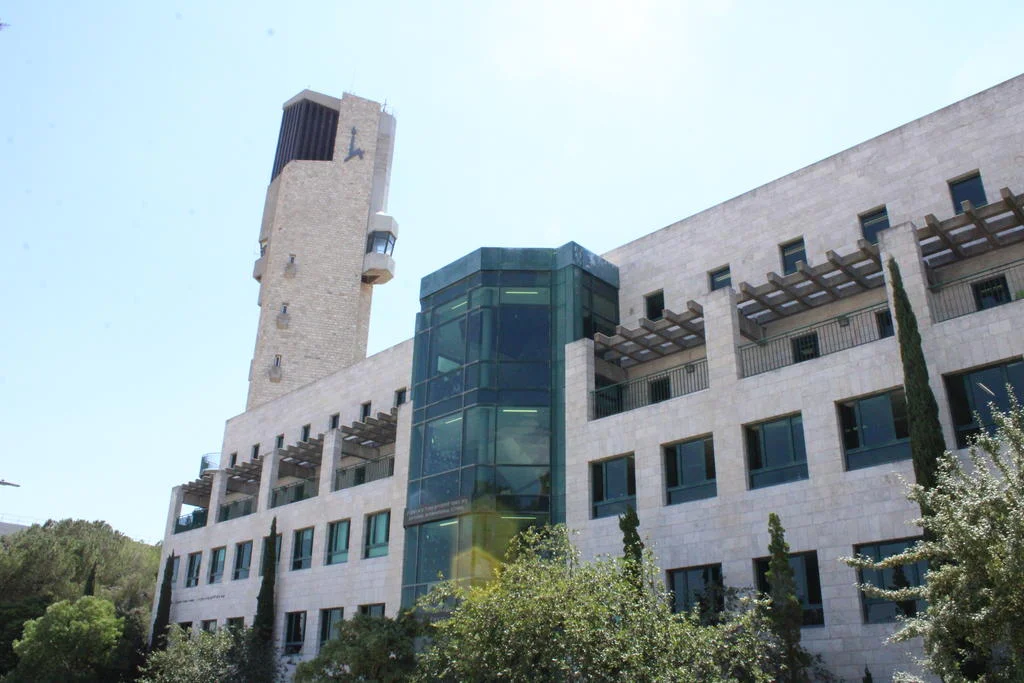Vietnam's digital economy surged in 2024, accounting for 18.3% of GDP and growing at over 20% annually - three times faster than the country's GDP growth rate and the highest in Southeast Asia, according to the Vietnam News Agency (VNA).
The Ministry of Information and Communications (MIC) said that, Vietnam has achieved major strides in digital transformation.
The country climbed 15 places in the United Nations e-Government Development Index (EGDI) in 2024, reaching 71st out of 193 nations. This marks the first time Vietnam has been classified among countries with a "very high" e-government development index. The revised Telecommunications Law, along with the Data Law and new government decrees, has resolved key obstacles such as data monopolization, allowing for greater sharing and utilization of digital resources. This shift has laid the foundation for a burgeoning data economy and the growth of AI-driven industries.Additionally, new decrees on IT investment and digital governance have facilitated increased public and private sector collaboration, ensuring more efficient funding allocation for digital initiatives. Meanwhile, regulations on social media and cybersecurity have strengthened Vietnam’s ability to combat online fraud and cyber threats.
Vietnam’s digital infrastructure continues to expand rapidly. The successful auction of mobile frequency spectrums has significantly improved mobile broadband quality.
The country has also begun shutting down outdated 2G networks, bringing the number of remaining 2G users to just 0.2%, compared to 2-5% in other countries.
Internet speeds have seen remarkable improvements. Vietnam now ranks 37th out of 110 nations in mobile broadband speed, with average download speeds reaching 86.96 Mbps - 14 places higher than in 2023. Fixed broadband speeds have also improved, reaching 159.32 Mbps and ranking 35th out of 154 countries.
In December 2024, Vietnam launched its sixth and largest undersea fiber optic cable system, with a capacity of 20Tbps, significantly boosting international internet connectivity.
The percentage of households with fiber-optic internet has now reached 82.4%, surpassing the 2025 national target of 80%.
he government is pushing for further breakthroughs in digital transformation, aiming for an 8-10% economic growth target in 2025.



.webp)
















